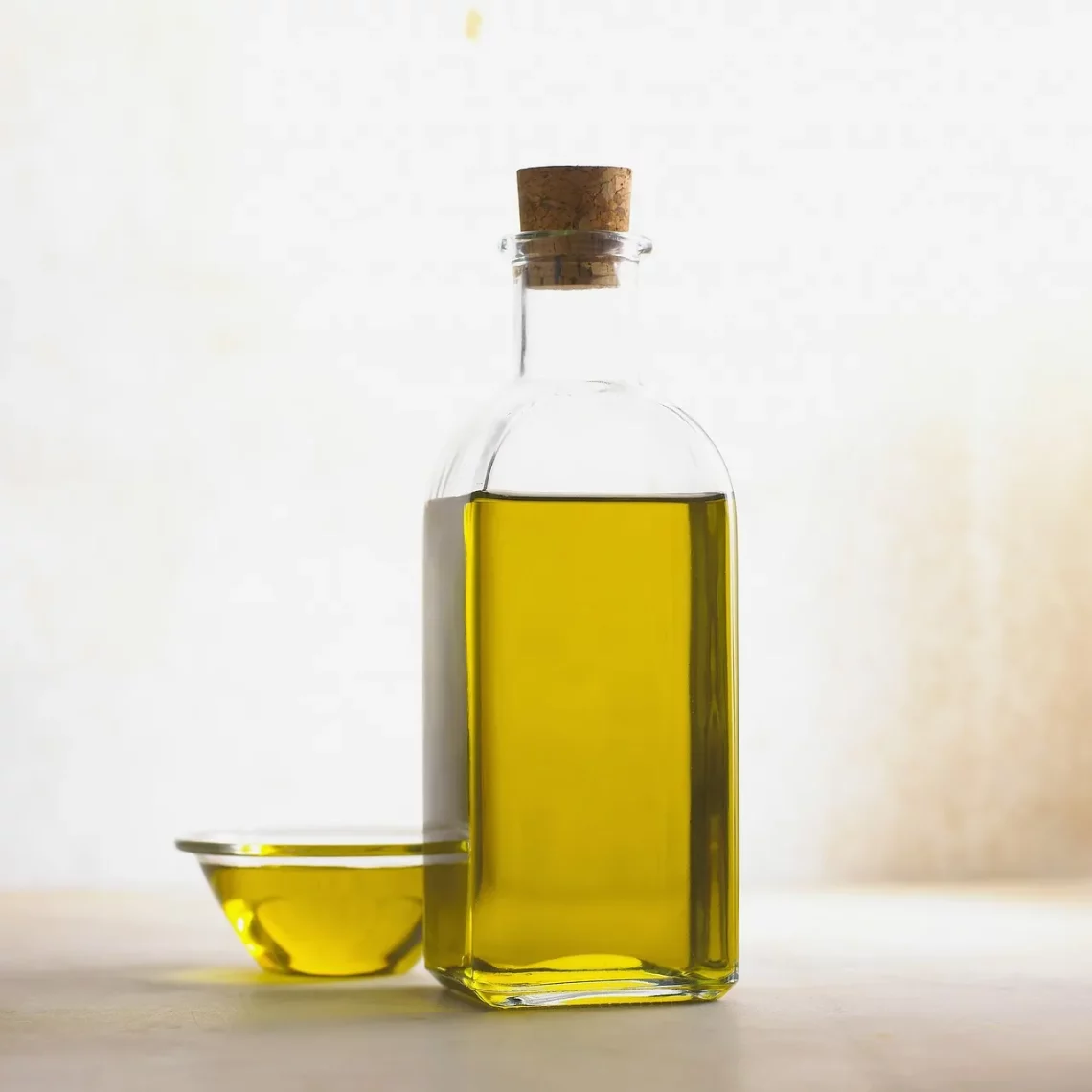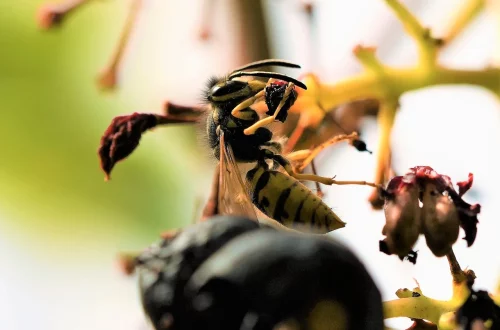
A Complete Guide on How to Make Essential Oil at Home
Making essential oils at home has become a popular trend among DIY enthusiasts and wellness advocates alike. These aromatic compounds, derived from plants, not only offer a range of fragrances but also provide various benefits for health, relaxation, and overall well-being. The allure of essential oils lies not just in their scents, but also in their versatility. From enhancing your living space’s ambiance to being used in homemade beauty products, the applications are endless.
As more people seek natural alternatives to synthetic products, the ability to create essential oils at home empowers individuals to take control of their wellness. Crafting your own essential oils allows for customization, ensuring that the oils you produce meet your specific needs, preferences, and environmental concerns. Furthermore, the process can be a fulfilling and enjoyable activity, offering a chance to connect with nature and learn about the properties of various plants.
In this guide, we will explore the methods and techniques for making essential oils at home, providing you with the knowledge to embark on your aromatic journey. Whether you are a beginner or have some experience, understanding the fundamentals of essential oil extraction will equip you with the skills to create your own unique blends. Let’s dive deeper into the world of essential oils and discover how to make them in the comfort of your home.
Understanding Essential Oils
Essential oils are concentrated liquids containing volatile aroma compounds from plants. They are extracted from various parts of plants, including leaves, flowers, roots, and bark. The unique scent of each essential oil is a result of the particular chemical composition of the plant from which it is derived. These oils capture the plant’s essence and are known for their aromatic properties and potential benefits.
The extraction of essential oils can be traced back to ancient civilizations, where they were used for religious rituals, medicinal purposes, and cosmetic applications. Today, essential oils are widely used in aromatherapy, natural cleaning products, and personal care items. The demand for these natural compounds has surged due to a growing awareness of the benefits of using plant-based products, leading to an increase in home extraction methods.
Understanding the properties of various essential oils is crucial for anyone looking to create their own. Each oil has unique characteristics, such as its aroma, therapeutic effects, and potential uses. For instance, lavender is often associated with relaxation and sleep, while eucalyptus is known for its refreshing and invigorating scent, commonly used for respiratory support. By familiarizing yourself with different essential oils, you can select the ones that align with your personal preferences and intended uses.
Additionally, it’s important to note that essential oils are highly concentrated substances. This means that even a few drops can have a significant impact. When using essential oils, it’s essential to consider proper dilution and application methods, especially if you plan to use them on your skin or in diffusers.
Methods of Extraction
There are several methods to extract essential oils from plants, each varying in complexity and efficiency. The most common methods include steam distillation, cold pressing, and solvent extraction. Understanding these techniques can help you choose the best method for your needs and available resources.
**Steam Distillation** is the most widely used method for extracting essential oils. In this process, steam is passed through plant material, causing the oil to evaporate. The steam is then cooled, allowing the oil to condense back into liquid form. This method is highly effective and can yield a high-quality essential oil. However, it requires specific equipment such as a distillation apparatus, which may be an investment for beginners.
**Cold Pressing** is primarily used for citrus oils, such as orange and lemon. In this method, the outer peel of the fruit is mechanically pressed to release the essential oil. This process is simpler than steam distillation and can be done with minimal equipment. The result is a fresh and zesty oil that captures the essence of the fruit.
**Solvent Extraction** is another method used to extract essential oils, particularly from delicate flowers that cannot withstand the heat of steam distillation. In this process, a solvent is used to dissolve the essential oil from the plant material. After the solvent evaporates, the remaining oil is collected. While this method can yield high-quality oils, it may leave traces of the solvent in the final product, which is a consideration for those seeking pure essential oils.
When selecting a method for home extraction, consider the type of plant material you have and the resources available to you. Each method has its advantages and disadvantages, and experimenting with different techniques can be a part of the fun of making essential oils at home.
Gathering Supplies and Ingredients
To make essential oils at home, you’ll need a few essential supplies and ingredients. First and foremost, you’ll need your chosen plant material. Fresh herbs, flowers, and peels are all excellent sources of essential oils. When selecting your plant material, look for high-quality, organic sources whenever possible to ensure the purity of your final product.
In addition to plant material, you’ll need some basic equipment depending on the extraction method you choose. If you opt for steam distillation, you’ll need a distillation setup, which can be purchased or made at home using a pot, a heat source, and a condenser. For cold pressing, a simple citrus juicer can suffice, while for solvent extraction, you’ll need a suitable solvent and a container for the extraction process.
Other supplies you may need include glass containers for storing the essential oils, droppers for dispensing, and measuring tools to ensure accuracy in your mixtures. It’s important to use dark glass bottles for storage, as they help protect the essential oils from light degradation.
When preparing your plant material, ensure it is clean and free from pesticides or contaminants. Rinse fresh herbs and flowers in cold water, and let them dry before beginning the extraction process. This step is crucial to producing a high-quality essential oil.
Lastly, familiarize yourself with safety precautions. Essential oils are potent and should be handled with care. Always perform a patch test on your skin before using an essential oil topically, and consider consulting with a professional if you have any concerns about allergies or sensitivities.
Tips for Successful Home Extraction
Creating essential oils at home can be a rewarding experience, but it requires patience and attention to detail. Here are some tips to ensure your home extraction process is successful and yields high-quality essential oils.
Firstly, always use fresh plant material. Dried herbs can lose their potency, leading to a lower-quality oil. If fresh material is not available, ensure that the dried herbs you choose are stored properly and still retain their aroma.
Timing is crucial in the extraction process. For steam distillation, maintain the right temperature to avoid burning the plant material. Ideally, the steam should be hot enough to evaporate the oils but not so hot that it damages the delicate compounds. Monitoring the process closely will help you achieve the best results.
Another tip is to experiment with different plant materials and ratios. Each plant has its own unique profile, and combining different oils can create exciting new scents and benefits. Keep a journal of your experiments to track what works best and refine your techniques over time.
Be patient during the extraction process. It may take time for the oils to fully separate or for the extraction to yield the desired amount. Rushing through the process can lead to subpar results, so enjoy the journey and learn as you go.
Lastly, don’t hesitate to seek out online communities or local workshops focused on essential oil extraction. Engaging with others who share your interest can provide valuable insights and inspiration for your aromatic adventures.
As a final note, remember that while essential oils can offer various benefits, they are not a substitute for professional medical advice. Always consult with a healthcare provider if you have health concerns or before using essential oils for therapeutic purposes.
In conclusion, making essential oils at home is an enriching and enjoyable experience that allows you to explore the world of natural aromas. By understanding the extraction methods, gathering the right supplies, and following best practices, you can create your own unique essential oils that enhance your well-being and living space.




